Up Next

The 2022 Formula 1 rule changes are arguably the biggest in the championship’s history and an enormous challenge for technical chiefs.
The Race’s expert technical consultant Gary Anderson would once have been getting his teeth into this sort of thing in his roles at Jordan and Stewart.
So we thought it would be a good idea to get him chatting through the process and demands of the changes with someone in the thick of it now: McLaren technical director James Key.
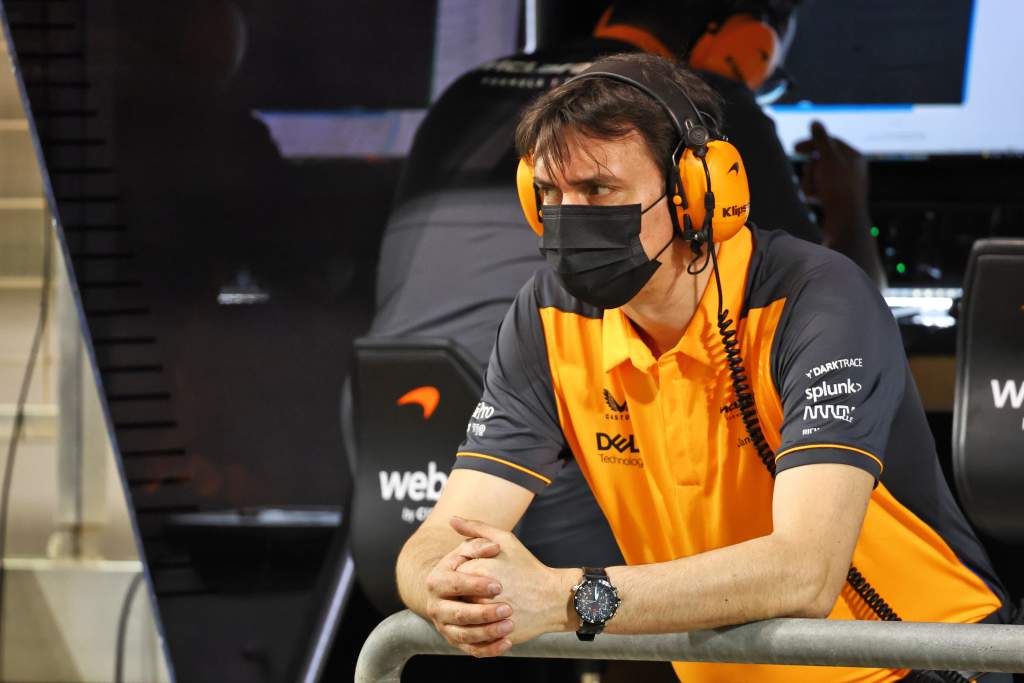
The pair worked together at Jordan early in Key’s F1 career. Since then, Key has gone on to be technical director at four different teams, first at what was by then called Midland in 2005 (subsequently Spyker then Force India) before moving to Sauber, then Toro Rosso before joining McLaren in 2019.
Gary Anderson: Looking at everyone on track, it seems the new Pirelli 18-inch tyres are a bit of a light switch – they either lock up or they don’t and there’s not really much feeling in them for the drivers?
James Key: Not particularly for us. They are more prone to things like a lock-up perhaps than last year, everything’s slightly more on the edge.
Our findings now are difficult to compare, but certainly, last year in Abu Dhabi when we’d just done the race weekend and then had a car based on that car running in the Abu Dhabi tyre test, the feelings are actually quite similar.
The characteristics aren’t massively different. You can feel a little bit of front axle difference and a little bit of rear axle difference, but nothing that makes you fundamentally change the set-up or the balance of the car.
GA: Porpoising is the big talking point. You seemed to be pretty well on top of it. Are you feeling the same or is it just waiting around the corner for you?
JK: It’s probably waiting round the corner in all honesty! But we haven’t suffered from it here.
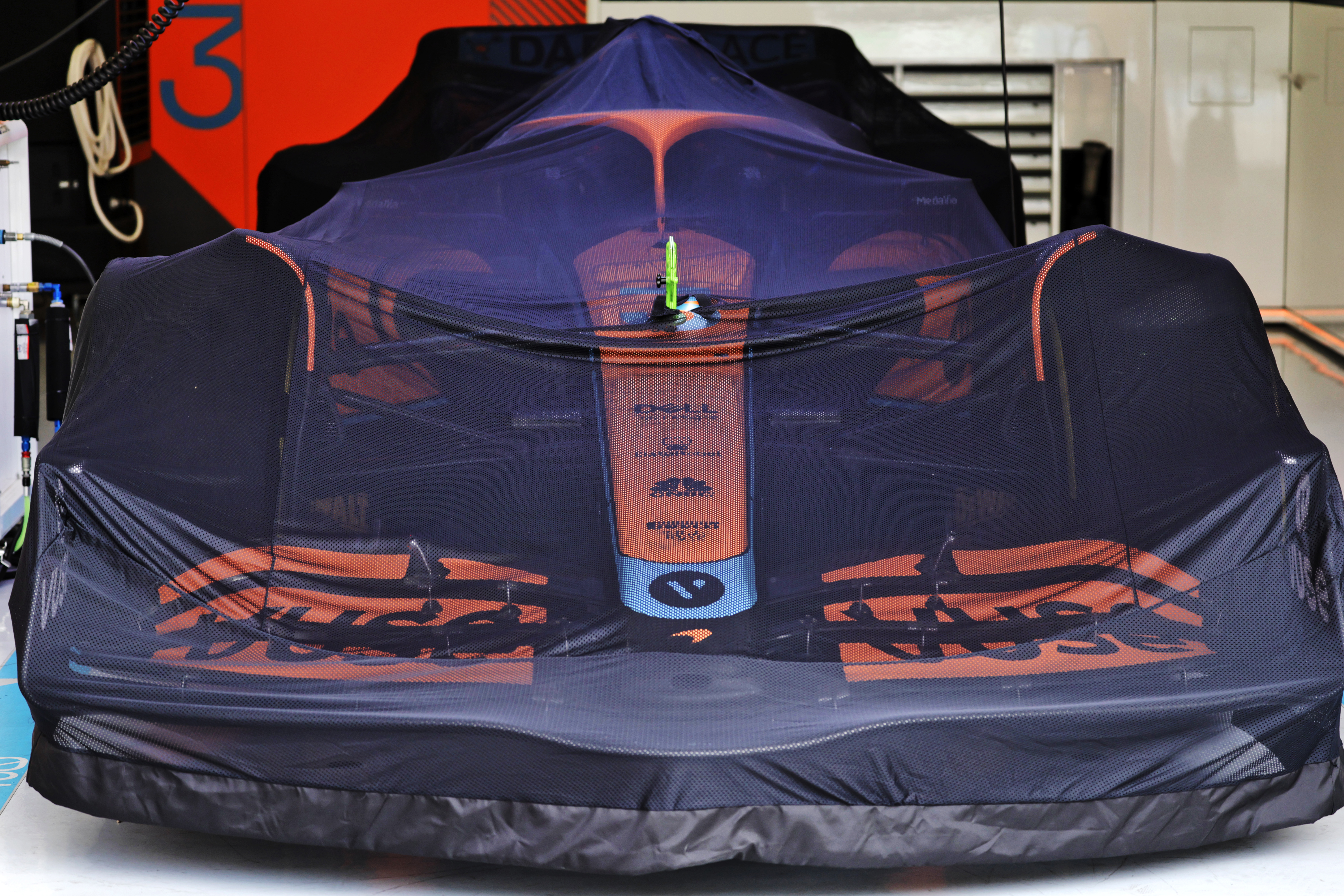
We can kind of see the mechanisms that cause it and we can see that not by design but by the fact that we’ve got a certain approach to the car which has made it less of an issue with us.
We did have a bit of it in Barcelona when we were doing some development work on some test parts, so we could definitely induce it on our car.
But it’s not something that’s a natural part of it. We seem to have a configuration which is, today at least, well protected. But you can develop yourself into it, I suspect.
GA: At The Race, we produced some nice pictures of the car running in the wet at Barcelona and the vortex generation down the side of the car. Yours looked pretty robust and tidy. Is that an area you’ve focused on?
JK: I don’t think it’s been a particular focus. But I’ll be honest with you Gary, our head of aero saw your report and said ‘massive respect for spotting all of that’. It’s a good spot.
It wasn’t something where we thought ‘if we do x, y and z, it will do that’, it’s just something that’s dropped out of the development direction. There have been a lot of comments on the differences between cars and of course sidepods are the thing that are most visible on that. There’s a massive, massive array of these possibilities.
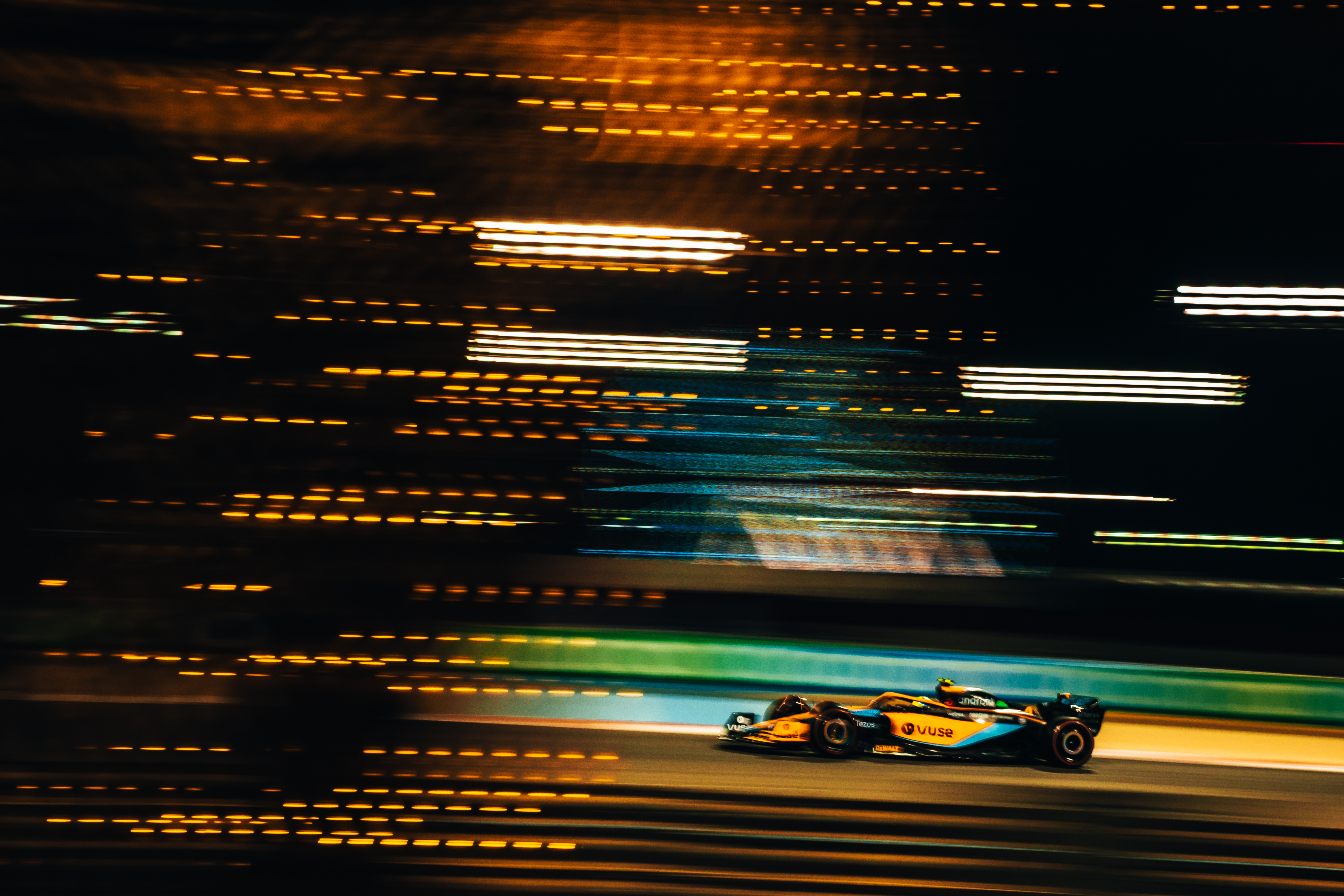
But the details of the front suspension, how the front wing’s interacting with that, the front of the floor, all this sort of thing, there are lots of subtleties there and that’s the sort of thing that actually makes a bit of a difference. That vortex you demonstrated with the wet conditions is an example of how one car can be different to another.
GA: Are you able to research the porpoising away from the track? Are you worried about doing something to generate more downforce and it suddenly appears?
JK: There are certain elements of design that you can identify that probably protect from it quite well. I’d say you’d want to try to maintain those elements to try to give yourself the best opportunity.
But then there’s definitely a risk that if you just take a step… not in the wrong direction necessarily, as it might give you more downforce, but a step where suddenly you have that sensitivity come back again, then it could just pop back up on your car.
There are ways of trying to manage that, and I don’t think it’s going to be a talking point later in the season. Everyone’s going to develop a geometry or whatever it is to make cars more benign.
But we can see there are certain mechanisms or designs that help damp it out a bit.
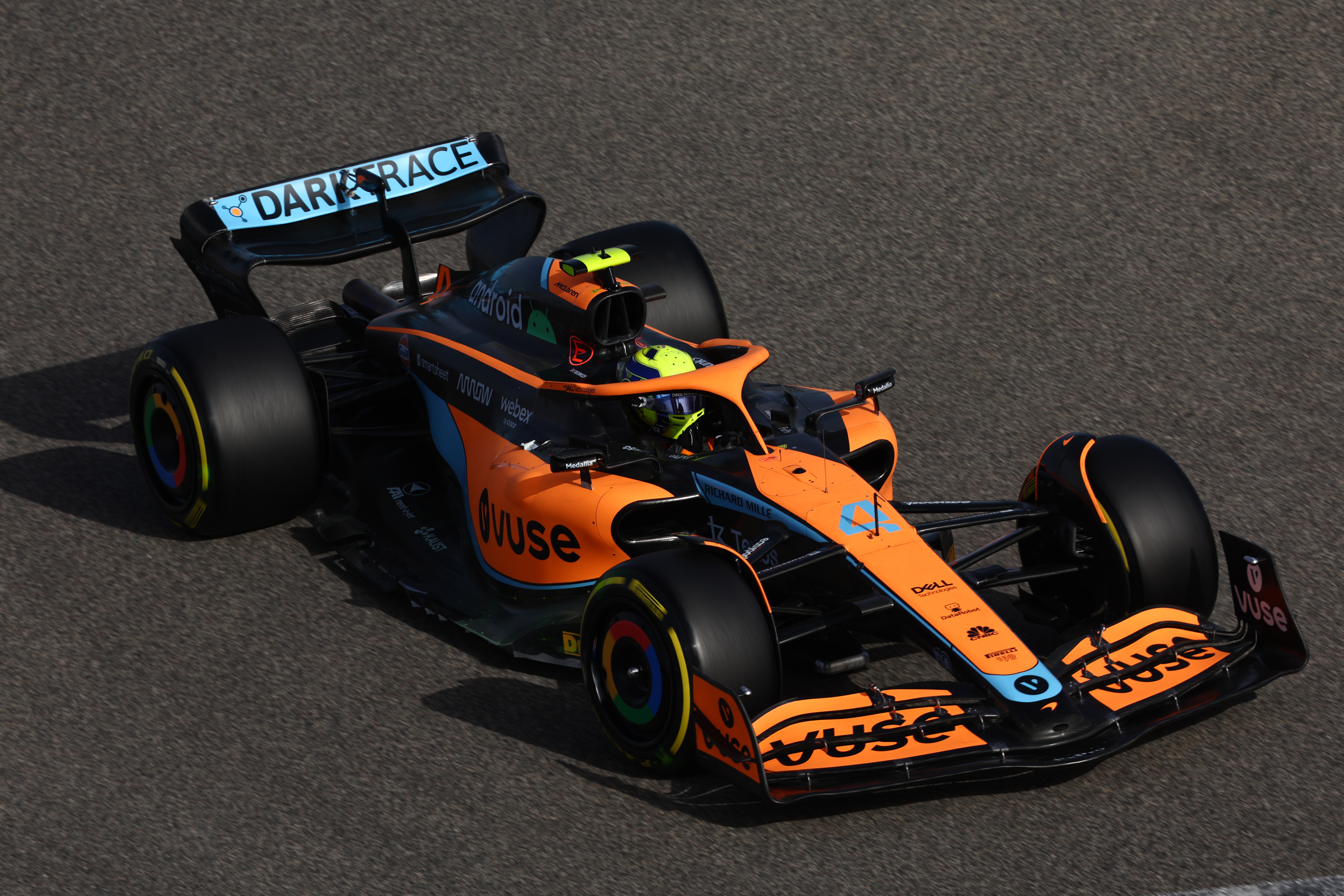
GA: It’s a completely different car, what are the elements you focus your development efforts on?
JK: It’s everywhere. In the first year, you’ve got a massive amount of aerodynamic learning to do because you’re trying to recreate what you believe to be the characteristics which are good that you’re not really able to apply your detailed aerodynamic knowledge to.
But instead you’re applying your aerodynamic principles to that so, you’re learning the car that way.
The safety limits have all quite significantly increased as well to go with the weight and another step in safety. The structural challenges of that have been quite a big focus.
And then you’ve got the weight of the car, which isn’t particularly compatible. It’s pretty tough, the weight challenge. Teams will get used to that over time and think ‘ah yes, we can cut some corners here’.
But in the first year, when you’ve got a ground effect car with low ride heights, you can’t really skimp too much on weight. So that’s been a challenging thing.
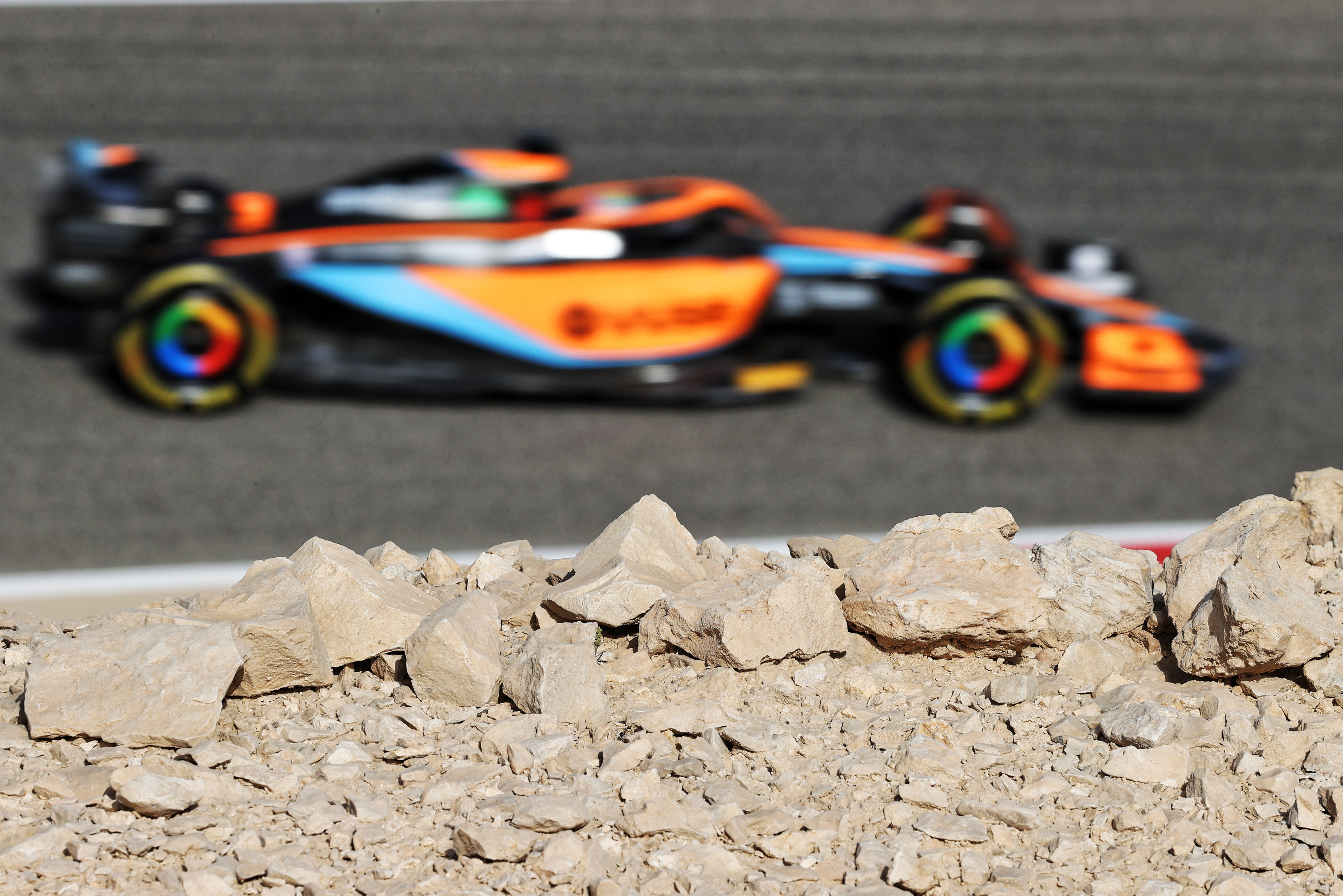
And the new tyres and the different dynamics associated with it. There have been multiple challenges and probably the two most interesting and new ones are first it’s been done under the cost cap.
Normally you’d spend a huge amount on R&D and try to understand this stuff and you can’t really do that in a cost cap, so you have to pick and choose and you have to be very wise about how you design the car and how much to cut costs versus the development budget you’ve got left.
The second thing, which I think is interesting but I might be totally wrong, is that given that the aerodynamics have probably got a closer limit to it than what we had last year with all the multiple options of previous years, you had all sorts of different philosophies.
Now you’re looking at bulk surfaces and eventually – maybe in 2023/24 – you might find that these trends become quite commonplace and it’s actually quite difficult to find a big performance difference on the aero side.
Although that doesn’t apply for ’22, what it could mean in the future is that things like the Mercedes sidepods, ever more whacky suspension ideas to try and encourage a tenth or two out of aero, or the mechanical side begins to be a bigger player.
As we’re seeing in a way now, we’re using the mechanical side far more to generate aero than we had to before and that’s one of themes that we had to concentrate on for 2022. In the future, I can see it becoming a bigger player.
GA: There are a lot of different sidepod concepts. Are there any you look at and think ‘I hope I don’t have to go that way’?
JK: None of them scare us. We’re taking an interest in what others have done, how they’ve interpreted this and we’re having a look at things that could possibly be applicable to our car. But you’ve also got to be in control of your own destiny.
Clearly, if there’s something of use and good, and it becomes maybe a bit more of a common trend, then we’ll want to be able to identify that quickly.
It’s still very early days at this point and there’s nothing that would change what we’ve done so far. I think there’s different ways of interpreting how to do bodywork and everybody has gone in a different direction.
GA: In my time the centre of gravity was very important. Now it seems to have gone out the window – is that just because aerodynamics overpowers that?
JK: Yeah CoG is obviously still a player. You’re using your architecture to generate more downforce than we’ve been used to by taking a few knocks with how you’re doing things or making things difficult for yourself like a pullrod front suspension, which you wouldn’t normally want to do in its own right but go for because it’s the right thing for aero. There’s going to be more of that as we go on with the regs.










